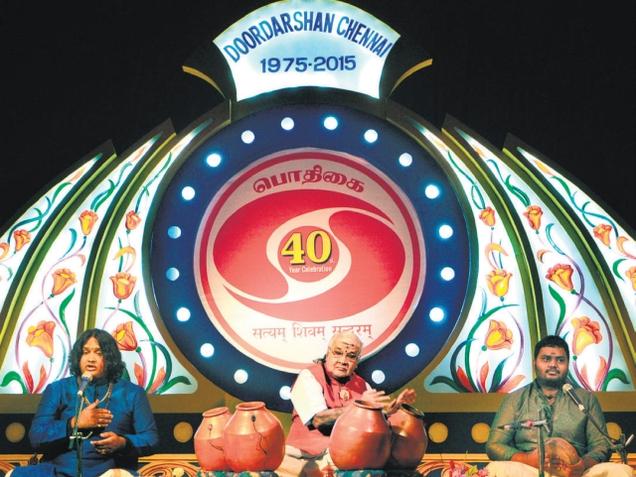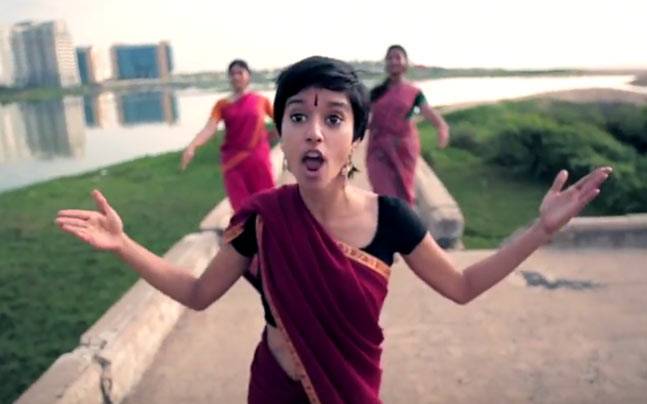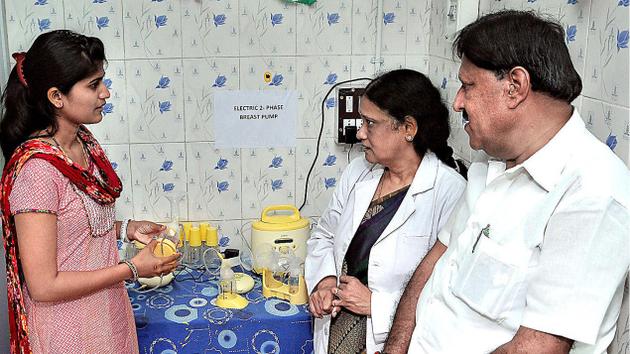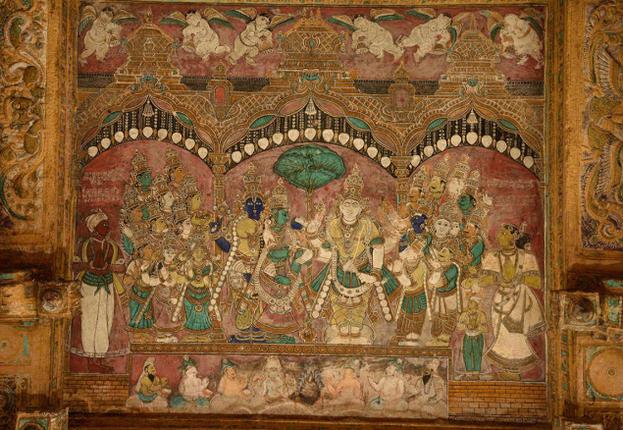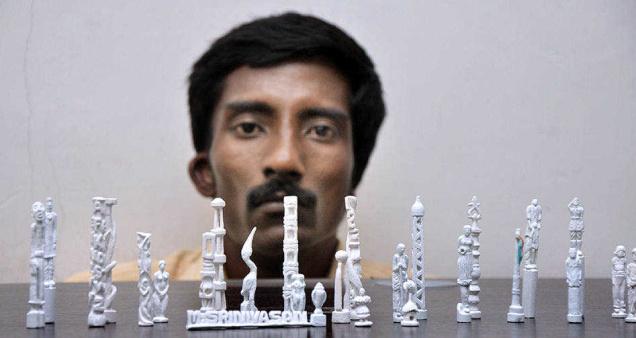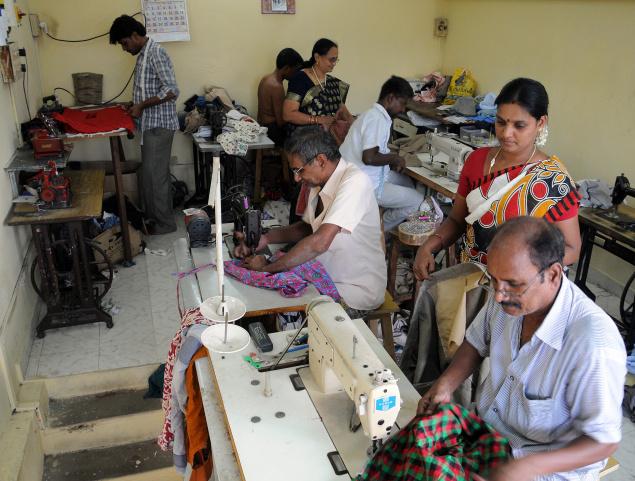
For 25 years, this small establishment in Mylapore has made a business out of a need to alter clothes, reports Liffy Thomas
Finding a tailor who specialises in altering stitched clothes is a challenge. More likely than not, your regular tailor is not keen on alteration work. If he accepts such work, he is likely to sit on it for a few weeks. And then, you don’t always trust the road-side tailor with an expensive dress.
For 25 years now, this shop specialises only in alteration of clothes for men and women. Re-Stitch Point at Mylapore does not take up stitching jobs. It does not have to. It has a huge number of customers giving it re-stitching jobs.
Not many tailors are keen on taking up such work, so that makes us different from most tailors, says M. Sashikala, who owns the shop.
Five tailors and two front-office staff take care of the day-to-day activities: taking measurement of customers and altering clothes.
From patchwork on an old and torn jeans to re-sizing a salwar kameez , the shop does it all, except for altering blouses.
A good number of customers want clothes altered for sentimental reasons.
For instance, a lady customer wanted a pair of trousers worn by her brother, who passed away, altered to fit her so that she could continue to wear it.
“It was a low-waist trouser and we had to add extra material to make it her fit,” said a staff that altering was more challenging that stitching.
Amjad Khan, who has been working in the shop for the last two decades, says the most difficult task is increasing the waist. “Unlike other parts that have extra stitches, here we have to get almost matching material to increase the waist,” he says.
Re-Stitch is keen on expanding, provided it gets more employees.
The shop is open from 10 a.m. to 1 p.m. and 4 p.m. to 8.30 p.m.
Address: Shop No 15, Luz Ginza, Shanthi Vihar Complex, Luz Corner, Mylapore. / Phone: 4210 6971.
source: http://www.thehindu.com / The Hindu / Home> Features> DownTown / by Liffy Thomas / June 28th, 2014
